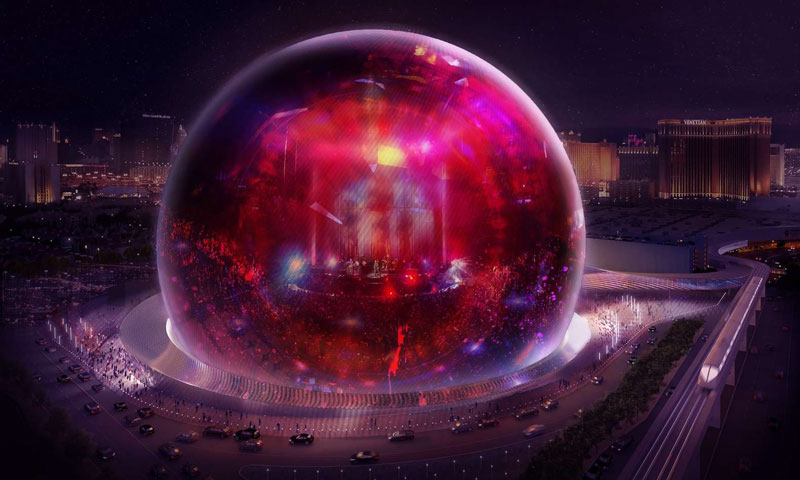LAS VEGAS, NV – With demand outstripping the current supply on the housing market in Las Vegas following a decade of dormancy due to the recession, Clark County is mulling over the possibility of opening approximately 39,000 acres of public land to private development which could be used for real estate and industrial development. An additional 370,000 acres are also being proposed for conservational use, reports say.
The land in question – situated mostly along Interstate 15 south of the valley, among other areas – could be used for development of housing to help alleviate the shortage of homes in the Vegas area, spurred on by the recent economic boom experienced in the region as more and more businesses move in and, subsequently, more people looking for jobs and a more affordable cost of living as well. In addition, the allotted public land could also be used to construct manufacturing centers and distribution hubs, which are also sorely needed in Southern Nevada.
However, due to public outcry by environmentalists, Clark County has also proposed setting aside an additional 370,000 acres of land to help aid wilderness and wildlife conservation; in particular, an emphasis will be placed upon protecting the region’s desert tortoise population, as well as other protected and endangers species. Nonetheless, some environmental groups are expressing concern over what they view as rapid expansion of Vegas’ outer lying areas for construction, instead advocating for a more density in currently-populated areas before the decision is made by officials to expand outward. However, builders argue that doing so would result in higher costs than simply developing on undeveloped land would entail.
Experts and Clark County officials note that offering additional property in the Las Vegas region for developers to utilize would help offset the ever-growing costs of home ownership currently affecting the area, as scarcity has caused new arrivals to scramble for any property they can get their hands on while paying top dollar to do so. In addition, experts say that opening up new areas of Southern Nevada to development will not only help to prepare the region for increased population, but also help to continue to attract new businesses and companies in order to maintain the steady economic growth that Las Vegas has been enjoying the past several years; not striking while the iron is hot, some claim, could ultimately undercut the economic boom that Vegas has been experiencing in the long-term.
Any city undergoing the rapid period of growth – in terms of both economy and population – is due to experience growing pains as a result, and concessions need to be made to ensure that the needs of residents are met and to promote the sustained and continued economic growth of the region, while also ensuring that the environment and endangered animal species are protected at the same time. It can be a tricky tightrope to traverse, but if done with care and intelligence behind it, it would benefit all involved.
If you are considering relocating in or around the Las Vegas area, which clearly is experiencing huge growth and a booming job market, give us a call at 702.376.7379 so we can answer any real estate and home relocation questions you may have.
Christopher Boyle is an expert investigative journalist for SEARCHEN NETWORKS® and reports for independent news and media organizations in the United States. Christopher keeps a keen-eye on what’s happening in the Vegas real estate market on behalf of Shelter Realty Property Management

